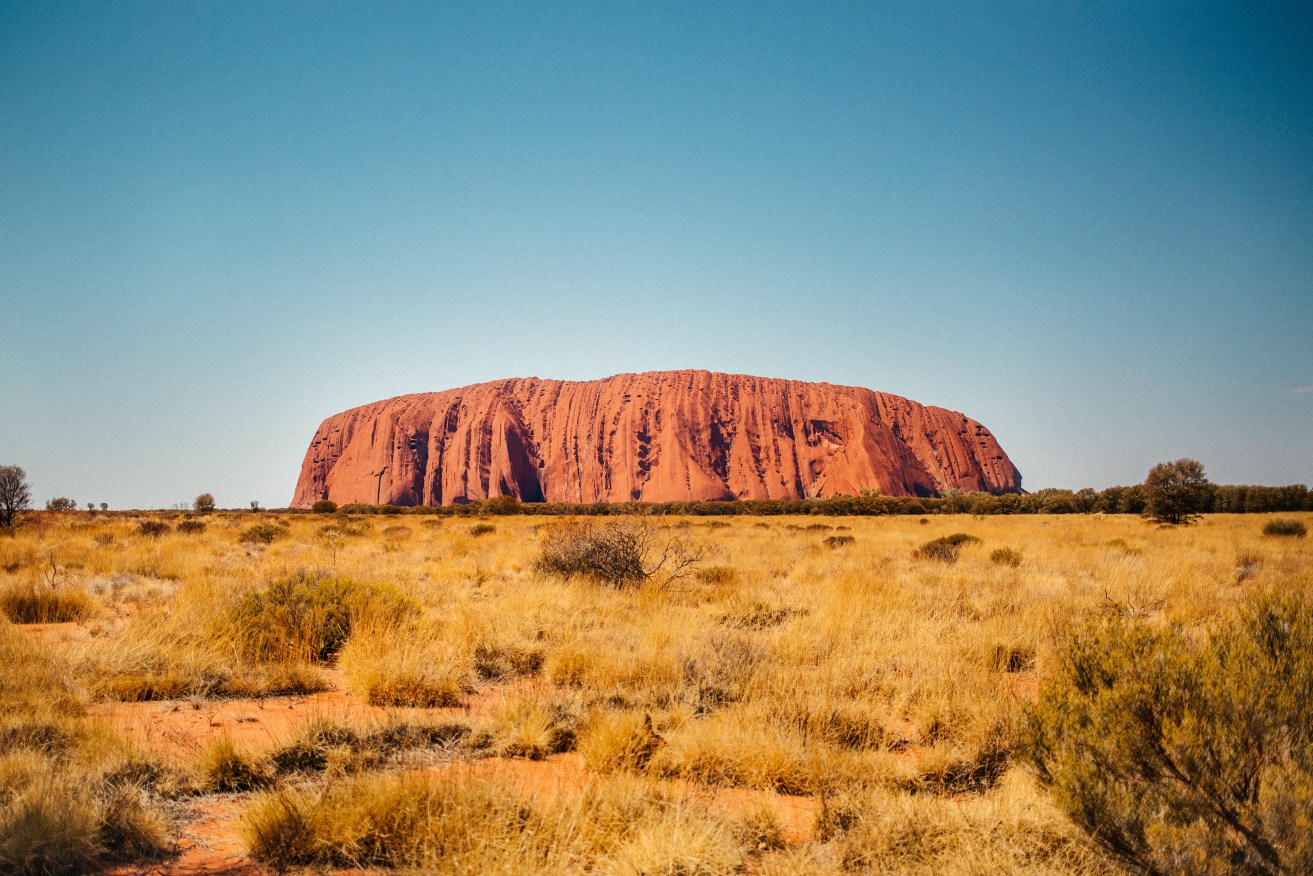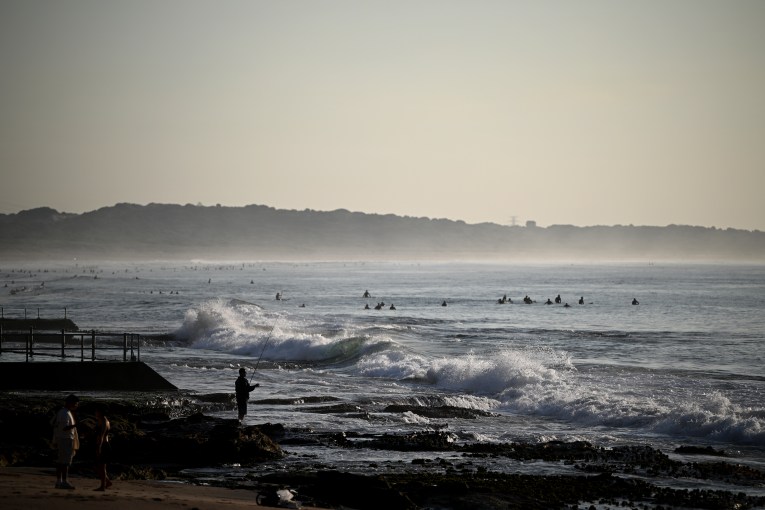Changing with the times: Nuclear science unlocks a thriving Indigenous past
Indigenous Australians not only survived but thrived as they faced environmental changes in climate, sea level and vegetation over 65,000 years, a study has found.

Nuclear scientists, using radiocarbon dating of charred plant remains from ancient fireplaces, found Aboriginal people who lived on Mirarr Country in the Northern Territory ate a range of fruits, nuts, seeds and underground vegetables such as tubers.
The research, published in Quaternary Science Reviews, confirms populations moved with the seasons on a diet underpinned by labour-intensive and complex plant processing techniques.
It also showed a shift in foraging practices and flexibility in both the selection of foods and land use as the environment changed.
“Ancient Aboriginal people had a wonderful understanding of their environment – not only surviving but thriving through climate and environmental change,” said Dr Quan Hua of the Australian Nuclear Science and Technology Organisation.
“Charcoal dating was used to establish a timeline and then carbon 13 measurements were taken on charred nuts to reveal whether the climate was wet or dry.
“What we found is that when precipitation decreased, this had an impact on resources and resulted in a broadening of the diet.”
Over several decades, ANSTO has used water and air studies, radiocarbon and neutron science to provide insights into the way Australia’s environment works and the way Aboriginal people lived in the past.
Radiocarbon dating of mussel shells in a separate study published in The Holocene showed Aboriginal people created earth mounds for cooking in the Riverland region of South Australia.
Archaeologists believe that during periods of climate change, the population explored new food sources, such as aquatic plants, which needed earth ovens to be processed.
“We dated both the charcoal and the shells removed from the mounds and found that the samples spanned a period from 4000 years old right up to the time of European arrival,” Dr Vladimir Levchenko said.
“These earth mounds were formed by the repeated use of earth oven cooking methods, in the same location, over an extensive period of time.”












